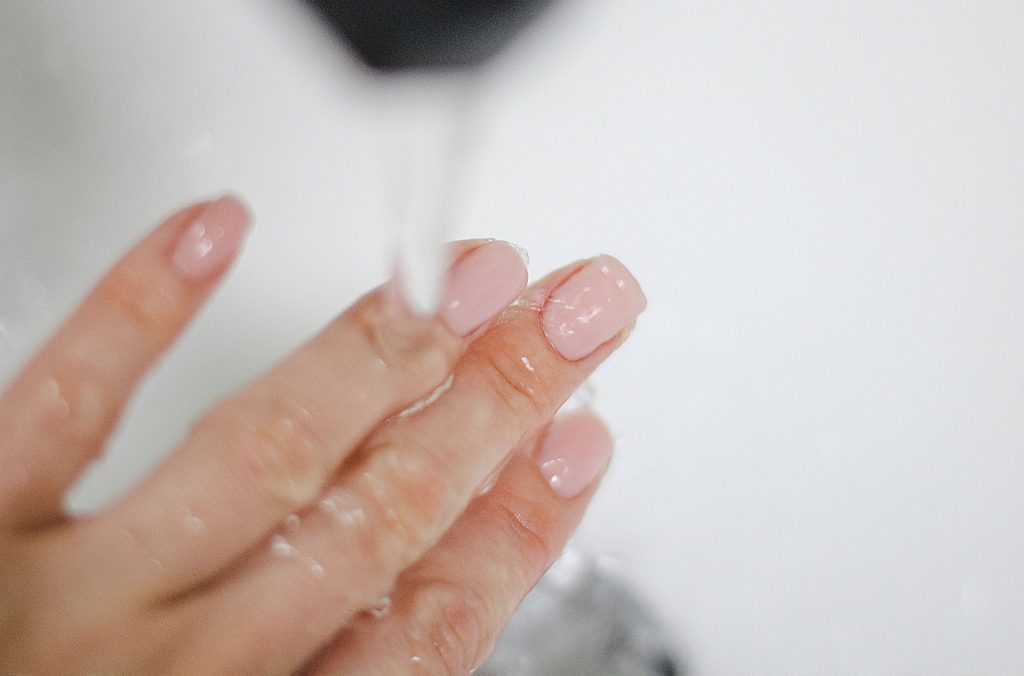Common Conditions
Dry Skin
Dry Skin Tips, Tricks, & Other Recommendations Dry skin (also known as xerosis or asteatosis in “medical-speak”) is a common problem that often worsens or progresses with age. Your skin needs moisture to function correctly, and your naturally secreted oils protect against rash, irritation, and overall itchiness. Most people are unaware that daily routines, such…
Read More“COVID Hands”
Are your hands dry and scaly? What about itchy or irritated? Do they have cracks that are painful and tender? With the ongoing (and seemingly never-ending) COVID-19 pandemic, we’re seeing more patients than ever with irritant hand dermatitis (which is another word for rash or irritation)! This is primarily due to everyone’s increased efforts with…
Read MoreWhat is Ringworm?
From Zachary to Natchez and all across the South, ringworms are common harmless conditions that have nothing to do with worms. In fact, they are caused by a specific type of fungus known as dermatophytes, and tinea is the term for their infection of skin, hair, or nails. Thankfully, infections are rather harmless and do…
Read MoreWarts/Verruca
Warts (or verrucae) are benign growths of the skin that are very common, especially amongst children and adolescents. Symptoms are usually minimal, unless located on sensitive sites such as the feet (i.e. “plantar warts”). They are considered harmless, though stubborn and often difficult to treat. The wart virus (HPV) is very common and can spread by…
Read MoreRosacea Triggers
Food Beverages Emotional Influences Physical Exertion Temperature-Related Weather Drugs Medical Conditions Skin Care Products
Read MorePrevent Nail Fungus
Xerosis/Asteatosis
Dry skin (also known as xerosis or asteatosis) is a common problem that often worsens or progresses with age. Your skin needs moisture to function correctly, and your naturally secreted oils protect against rash, irritation, and overall itchiness. Most people are unaware that daily routines, such as bathing and towel drying, can actually remove moisture from your skin,…
Read MoreTinea
A common and benign condition, tinea is a fungal infection of the skin, hair, or nails. Of note, the infection is contagious and may be spread either from person-to-person or to multiple sites on a single individual. However, the fungus can also be found in various places such as soil, damp floors/showers, sheets, brushes, hats,…
Read MoreTinea Versicolor
A common but harmless rash, tinea versicolor is caused by a yeast that is a part of your normal skin flora. Usually this organism grows sparsely and does not lead to problems; however, in some individuals, it grows in excess and causes a rash with discoloration. Symptoms typically appear as small, scaling patches on the…
Read MoreSolar Purpura
Also known as “traumatic or Bateman’s pupura,” solar purpura is a common skin condition among the elderly and older adults. Patients classically present with multiple areas of discoloration, primarily over the forearms and dorsal hands. The skin is so fragile and easily damaged that individuals often fail to even remember the incident that caused the damage. Further,…
Read MoreSquamous Cell Carcinoma
The second most common type of skin cancer overall, squamous cell carcinoma (SCC) affects millions of Americans, causing an estimated 15,000 deaths each year. Although it most commonly affects fair skin types, SCC can develop in people of all colors, backgrounds, ages, and ethnicities. Sun and UV exposure are by far the most important risk factors, as…
Read MoreScalp Dysesthesia
A form of localized itching, scalp dysesthesia is an abnormality of the small cutaneous nerves over the head or upper neck. Patients may experience additional sensory symptoms such as tingling, burning, tenderness or pain, but itching is usually the most prominent and often only complaint. There are little-to-no skin changes (other than scratch marks), as symptoms are due to…
Read More



